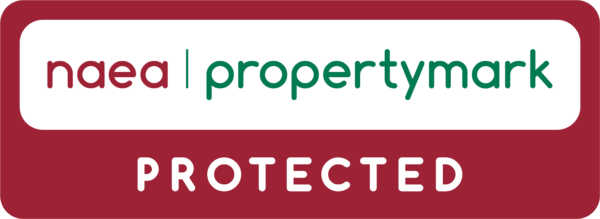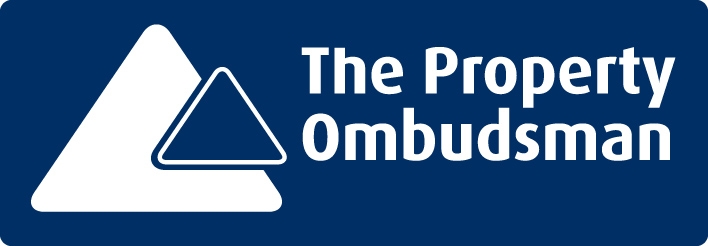
Block Management
Specialists

SOMEONE ELSE HAS PROBABLY ASKED
Frequently Asked Questions
Block management is the process of managing a property or properties on behalf of the owners. This can include everything from maintaining the property and dealing with tenants to collecting rent and paying bills.
The service charge is the total estimated cost of managing your building during the year and typically includes insurance, management fees, repairs and maintenance, accounting and other miscellaneous expenses. The service charge is calculated by looking historically at the annual costs in previous years, understanding the costs over the next 12 months and assessing potential costs over future years. The service charge budget for the year is normally agreed in advance at an AGM where all leaseholders are invited to discuss and vote. The total service charge agreed at the AGM will then be apportioned and invoiced to each individual shareholder, in accordance with the terms of their lease. At the end of each year an account of what has actually been spent versus budget will be distributed to all leaseholders and any balancing figures collected or refunded to leaseholders in accordance with their lease apportionments.
A typical block should be visually inspected every 6 months, carried out by an independent and competent person (i.e. block manager) to cover the external (i.e. roof, gutters, walls, drains) and internal communal areas (i.e. doors, stairs and hallways). The inspection should be written up on a standardised template and communicated to all leaseholders after every visit. Any minor issues noted on the inspection should be fixed before they become more problematic. Any major issues identified on the inspection (i.e. roof slates missing) might require a more detailed follow up assessment before repair works are undertaken (i.e. scaffolding and roofing contractor). In addition to these bi-annual inspections there should be a clear communication line in place throughout the year so leaseholders can notify issues they identify pro-actively to the block manager. Many block managers also provide a 24-7 call out facility to deal with any emergencies (e.g. burst water pipe).
The company secretary undertakes a range of legal, administrative and filing responsibilities on behalf of the RMC and the role is often delegated to the appointed bock manager. Legal duties include maintaining the existence of the RMC by establishing the registered office, keeping the statutory books and records, complying with business stationary rules and ensuring the security of all documents.
Administrative duties include taking responsibility for summoning director and shareholder meetings and ensuring proceedings are recorded through formal minutes approved and signed by the chairman. Filing duties include submission of the annual confirmation statement and company accounts to Companies House within strict reporting deadlines to avoid any late penalties, prosecution and fines. Other duties include acting as a signatory, advising the directors to ensure they comply with the articles of association, negotiating with outside advisers and agreeing company contracts if required.
The AGM is usually the only time the directors and shareholders of the RMC will meet throughout the year and is normally held after the company’s year-end. The typical AGM agenda will be as follows:- approval of last year’s AGM minutes, directors presenting the company’s annual accounts, approval of budget for the year ahead, re-appointment vote regarding the directors and accountants and general discussion points about any building and leaseholder related issues during the year. The RMC’s articles of association should state whether the company needs to hold an AGM each year and whilst it is still considered best practice there is no longer a legal requirement under the Companies Act. All shareholders of the RMC can attend and vote at the AGM. Shareholders unable to attend can appoint one or more proxies to attend the AGM and vote for them, provided a proxy form has been completed. The proxies can either be instructed how to vote on each resolution, including to abstain, or allowed to vote as they want. Shareholders can also decide to neither attend nor appoint a proxy to vote at the AGM. AGM’s are increasingly being held electronically which is acceptable provided all attendees can hear and fully participate in the meeting.
Administrative duties include taking responsibility for summoning director and shareholder meetings and ensuring proceedings are recorded through formal minutes approved and signed by the chairman. Filing duties include submission of the annual confirmation statement and company accounts to Companies House within strict reporting deadlines to avoid any late penalties, prosecution and fines. Other duties include acting as a signatory, advising the directors to ensure they comply with the articles of association, negotiating with outside advisers and agreeing company contracts if required.
Newsletter
Explore
© All Copyright 2023 by Ovatheme









